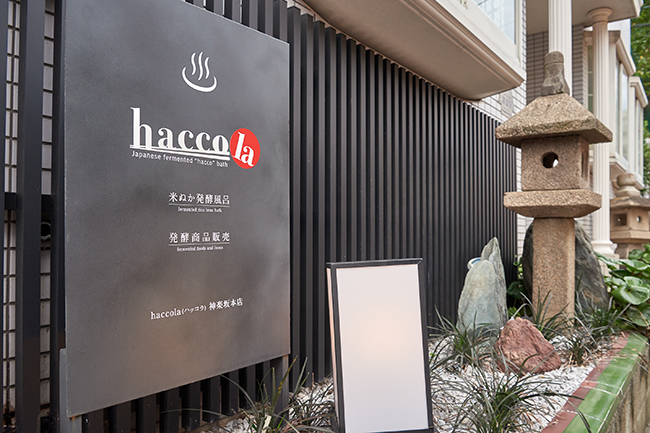The Fermentation Experience: Discover the Fermentation Bath
Oct 07,2021
The Fermentation Experience: Discover the Fermentation Bath
Oct 07,2021
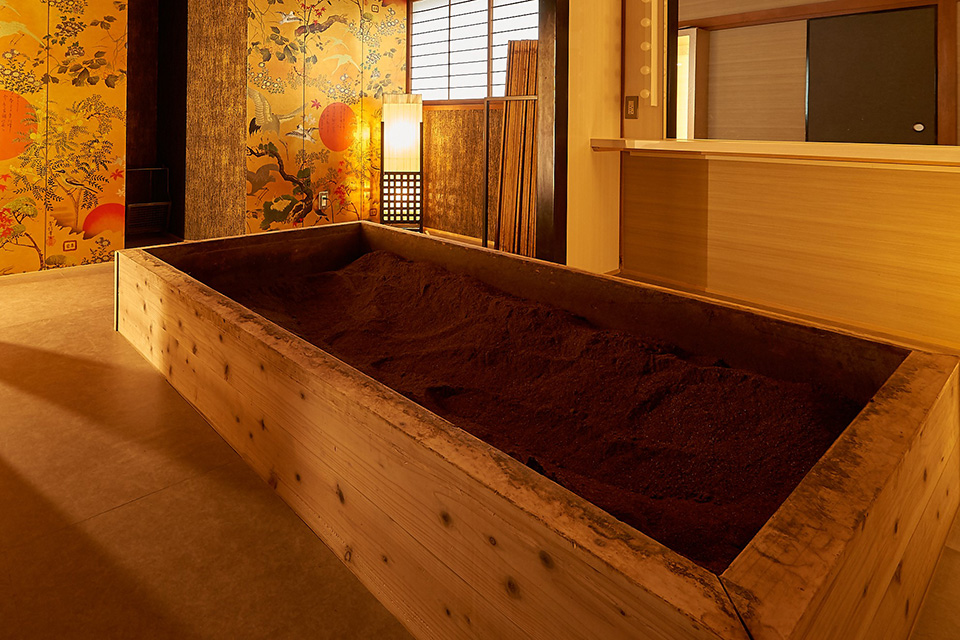

On a quiet alleyway a block away from the famous Kagurazaka shopping street in Tokyo is a spa called “Hacco Bath” Haccola. It’s where bathing meets “hacco,” as fermentation is called in Japanese. Here you can enjoy a rice bran bath heated by the action of microbes fermenting. To learn more, we talked to the lady who runs the place, Hatakeyama Mayu.
Mayu, the operator of “Hacco Bath” Haccola, originally worked as a web media producer. In 2016, she launched the website「haccola」, which features a wide range of fermentation-related content, including recipes and cultural and historical information.
There’s also an English-language version, Enjoy “hacco” life haccola, which disseminates knowledge of Japanese fermentation to a global audience.
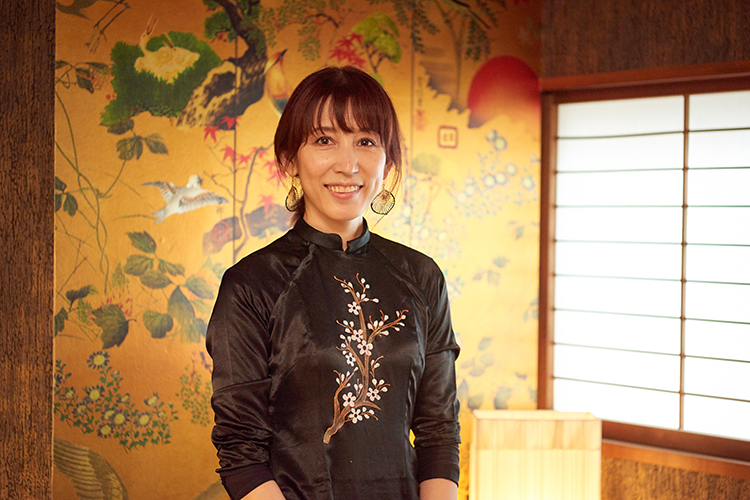
Hatakeyama Mayu, operator of “Hacco Bath” Haccola
“When I was working on localizing overseas content as part of my job, I was constantly asking myself what Japan had that could be shared with a global audience. Then I hit on the idea of launching a platform focusing on hacco or fermentation, which is part of Japan’s traditional food culture. Sushi and teriyaki are Japanese words that have made their way into English, right? My goal is to make ‘hacco’ a household word worldwide as well.”
“Hacco Bath” Haccola opened for business in November 2020.
“I wanted to create a space where people could experience fermentation in the flesh. But there were already lots of great places where you could experience fermentation in the form of food. So I chose to go with the idea of fermented rice bran baths, where you can literally immerse yourself in fermentation. The first thing everyone thinks of when you talk about fermentation is food, but in fact, food is only a small part of the story. The power of fermentation is also harnessed in healthcare to make medications, right? On the industrial front, it’s widely used in biotechnology to solve environmental and other problems. I wanted people to realize that fermentation is valuable to many different types of businesses around the world. It’s about a lot more than just food.”
A fermented rice bran bath is a method of dry bathing that uses the natural heat generated when rice bran ferments. At “Hacco Bath” Haccola, the bathtubs are made of Japanese cedar and measure a meter wide, two meters long, and 80 centimeters deep. Instead of water, they’re filled to the brim with Japanese-produced rice bran—600 kilograms of it. The interior of the bathtub is extremely hot—70 to 90 degrees Celsius. But because the tiny spaces between the particles of rice bran contain air, it only feels like 42 to 43 degrees, the same as an ordinary bath. That’s gentle on the body, because there’s less risk of burns. It’s also good for the environment, because fermentation is the sole heat source. No electricity or gas is used.
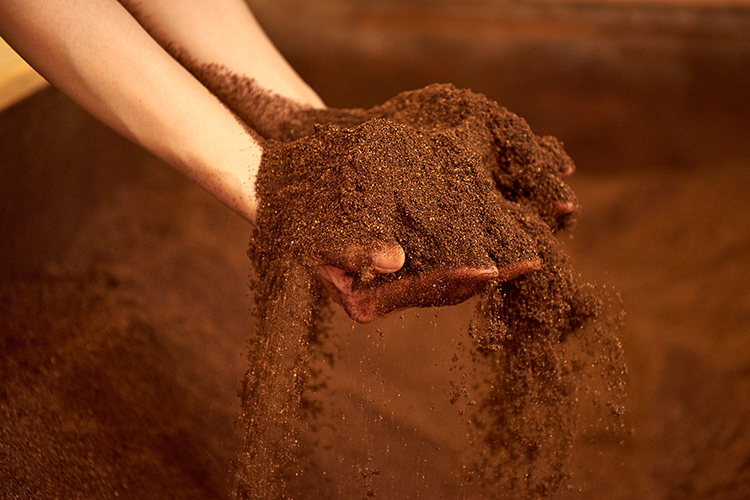
“There’s someone in Kumamoto Prefecture I call my mentor in fermentation, and they gave me the rice bran for my first rice-bran pickling bed. I would add fresh bran to it and mix it in every day. I cared for it and nurtured it like my own child. But it took quite a while until the temperature started rising consistently.”
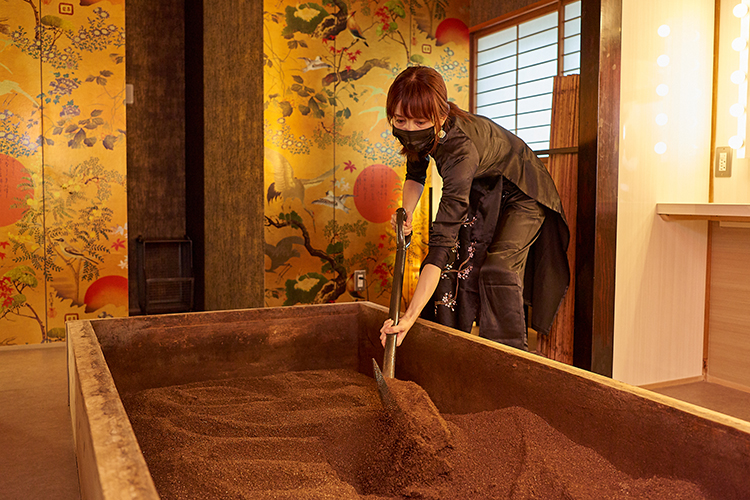
Even now, the bran requires constant care. Every night after the spa closes, Mayu spends three hours personally tending to the bathtubs. She adds fresh bran, air, and water and thoroughly stirs everything until the mixture is completely even. That’s the secret to creating a fermented bran bath that is comfortably warm and yielding.
“Rice bran is rich in vitamins and minerals, and the microorganisms living inside break it down (i.e., ferment it) by eating it. They generate heat in the process, steadily warming the bran from inside. A fermented rice bran bath makes you sweat a lot. Well, human perspiration is a real feast for microorganisms, so they immediately break down sweat and other detritus. But if you fail to tend to the bran or go about it the wrong way, it will decompose rather than ferment. Then it will start smelling strange and become sticky. Not only that, it won’t retain heat. That’s why, to maintain the highest standards of hygiene, I’m extra careful about tending to the bran.”
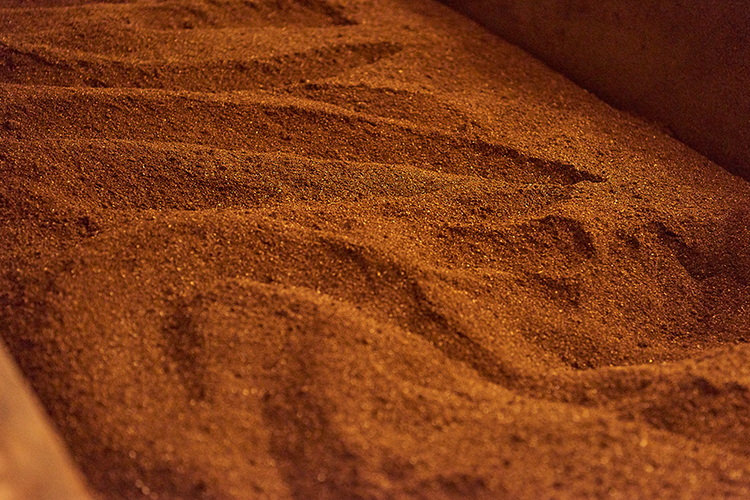
So how do you take a fermented rice bran bath? First, a space for you to lie in is dug in the rice bran filling the bathtub. Then bran is poured over you to create a dome, warming your entire body.
“Bathing in the nude lets you feel the heat directly, but if you’d prefer not to be completely naked, we also have paper underwear available. Besides women, we also get many couples as well as men on their own. Our guests range in age from their twenties to their seventies. And they invariably leave looking refreshed. There’s nothing I love more than when a guest leaves warmed to the core after a good sweat, smiling and reenergized.”
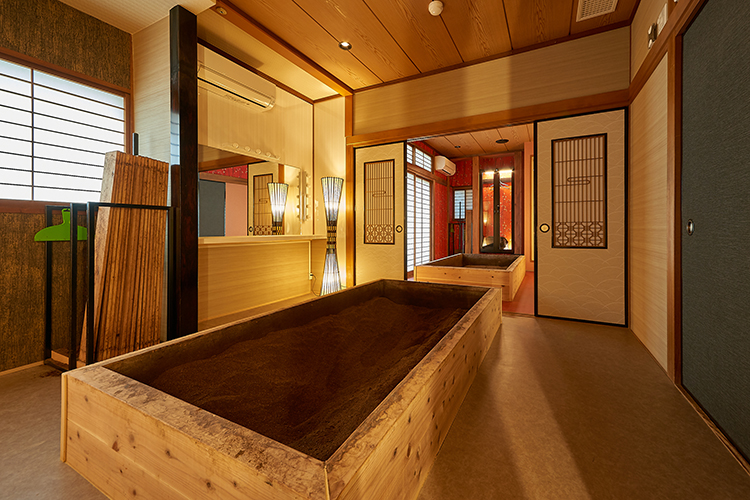
Haccola has three Japanesque private rooms—each with its own bathtub—inspired by Western misconceptions about Japanese culture. There is also a powder room. The partitions can be removed so that friends and couples can enjoy a fermented rice bran bath together.
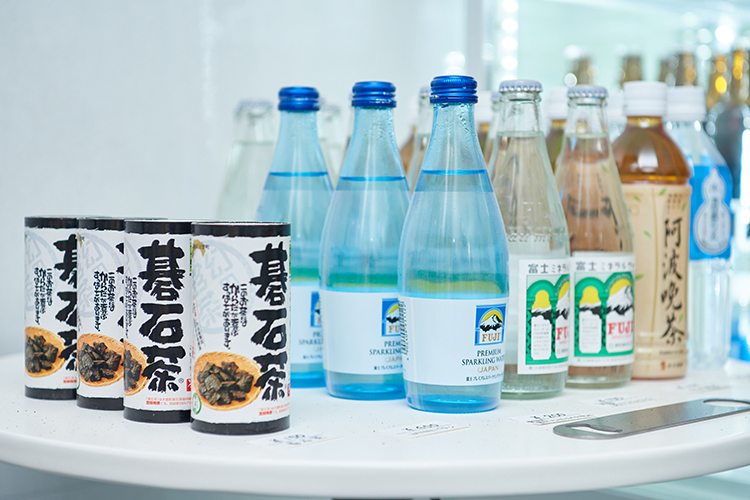
Fermented beverages are available for rehydrating after your bath.
Fermented rice bran baths have many potential benefits, according to Mayu. Above all, they warm you up.
“After you take your bath, I think you’ll notice that your body is warm to the core. Plus most of our guests say that their skin is silky smooth afterwards. And many tell us that a few days later they find they have a higher body temperature. A lot of them describe it like this: even though they’ve only spent half an hour in the bath, they feel like they would after running a full marathon.”
Mayu intends to open a second location in another Tokyo neighborhood, Kojimachi.
“We’re planning on opening a second fermented rice spa in Kojimachi—appropriately enough. Kojimachi means literally ‘rice malt town,’ and in Japan, fermentation is associated above all with rice malt. My father is on dialysis, and he has real trouble sweating properly. There are lots of people like my father who can’t do intense exercise, such as seniors. Well, I hope that more of them will get to enjoy the pleasure of fermented rice bran baths. After all, the natural heat that emanates from these baths is gentle on you and good for the environment.”
Mayu says that she sees great future potential in the world of fermentation and microorganisms, about which much is still unknown. She continues spreading the word to a global audience about the magic of fermentation in all its glory.
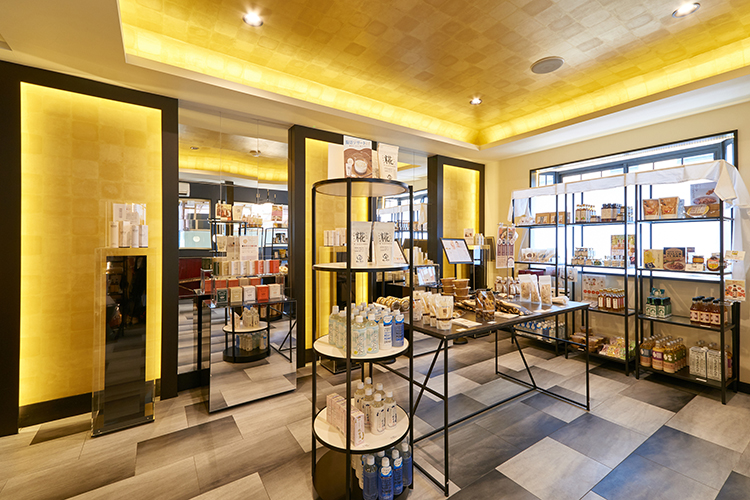
A broad selection of fermentation-related merchandise is available at the entrance of “Hacco Bath” Haccola.
